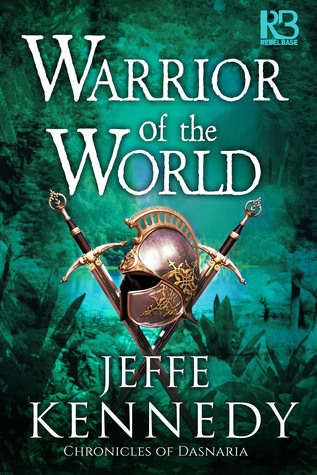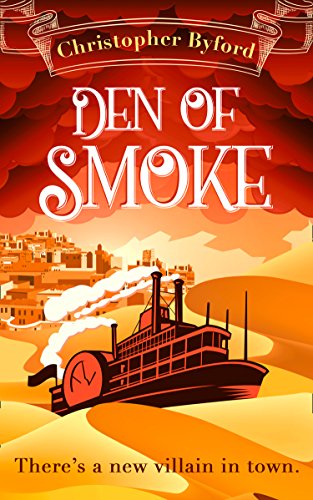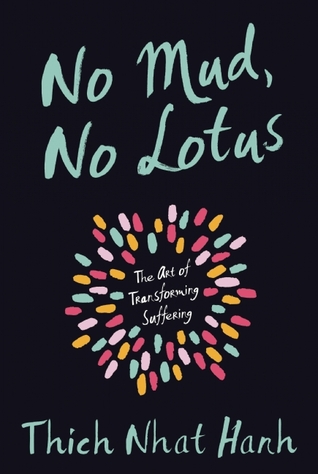
Okay somebodies – I’ve not posted a review in ages since it’s taken me 4 months to recover from christmas. I was worried about this, until I realised it took me the exact same amount of time to recover last year! So without further ado, here’s a few quick reviews to get me back into the swing of things:

why did the man scream
his pet chicken pooped on his computer (holly)
TL;DR – A baffling collection of jokes, written by real Earth children!

Ragdoll Rating: 3.5/5 Buttons
Recommended For: Anybody who wants to spend twenty minutes or so marvelling at the insanity that is the mind of children.
About the Book…
This book is a collection of jokes, written by real kids and compiled by the guy behind @KidsWriteJokes. It is 130 pages of the most random, bizarre and hilarious surrealism that only a child could possibly come up with.
What I thought…
Personally, I really enjoyed it. It’s totally stupid, even baffling – sometimes you can see where these kids were coming from, and other times it’s a complete mystery. This isn’t a book of well crafted, genuinely funny jokes, and it doesn’t pretend to be. This book is funny because it’s bad, and more than a little charming.
Final Thoughts…
This has got to be worth a punt, even if it’s just something to pick up and chuckle at from time to time.
___________________________________________
Please Note: I received a copy of this book via NetGalley in exchange for an honest review. The opinions contained within are my own and have not been influenced by any external entity!


Goodreads Link | Author Website
Can a cat really run a major business? Let’s find out!
TL;DR – A comic about a cat who runs a business – says it all really.

Ragdoll Rating: 3/5 Buttons
Recommended For: Fans of cats
About the Book…
This book is exactly what you think it is – a collection of comic strips about a cat who is in charge of a business. Business cat acts like a cat, making business difficult or bizarre and their-in lies the humour.
What I thought…
There is nothing wrong with this book – in fact I imagine that if you are fond of cats, or know anything about cats, it’s probably hilarious. Unfortunately, I am neither a fan of cats, nor do I know anything about cats, so much of the charm is lost on me. I can appreciate it at a “this is weird, cat’s shouldn’t run a business” level, but I assume there is also a level where you would think “this is so like my cat!” or similar, which is obviously lost on me.
Final Thoughts…
This is probably much more entertaining if you know cats – however it is still cute and fun even if you don’t.
___________________________________________
Please Note: I received a copy of this book via NetGalley in exchange for an honest review. The opinions contained within are my own and have not been influenced by any external entity!

A superb little campaign companion!
TL;DR – A selection of fun campaigns to play with your Dungeons and Dragons group.

Ragdoll Rating: 4.5/5 Buttons
Recommended For: TTRPG fans, especially dungeon masters
About the Book…
Rolled and Told is a super little collection of campaigns for Dungeons and Dragons 5th edition. Each campaign is provided with a setting, challenges, and experience guides and so on to allow your DM to run them with ease!
What I thought…
OK, I’m a part time DM for my younger sisters and a couple of their friends, and this book looks exactly the kind of thing I need. Each campaign is clearly well thought out, providing all the information you could possibly need to run it for yourself.
Seriously, this book has everything – setup and flavour text, NPC stats, challenge descriptions win/loss conditions, starting and ending information, plot and background stuff…just, everything! It’s well referenced too, pointing you towards pages in the various 5e players guides.
It’s also set out really nicely to make it easier to access specific information.
I’m particularly fond of the comic pages that accompany each campaign, setting the scene for the whole thing. It’s a really nice touch that makes the whole book seem a lot more fun, and would definitely appeal to my group of players.
Final Thoughts…
I’m absolutely certain my group would enjoy this book, and quite frankly I’m planning to put my money where my mouth is and get me a copy so I can test this theory. So much love to the folk who created this book!
___________________________________________
Please Note: I received a copy of this book via NetGalley in exchange for an honest review. The opinions contained within are my own and have not been influenced by any external entity!
AAAAAAH, it feels good to review again! Hopefully I’ll have more soon.













You must be logged in to post a comment.